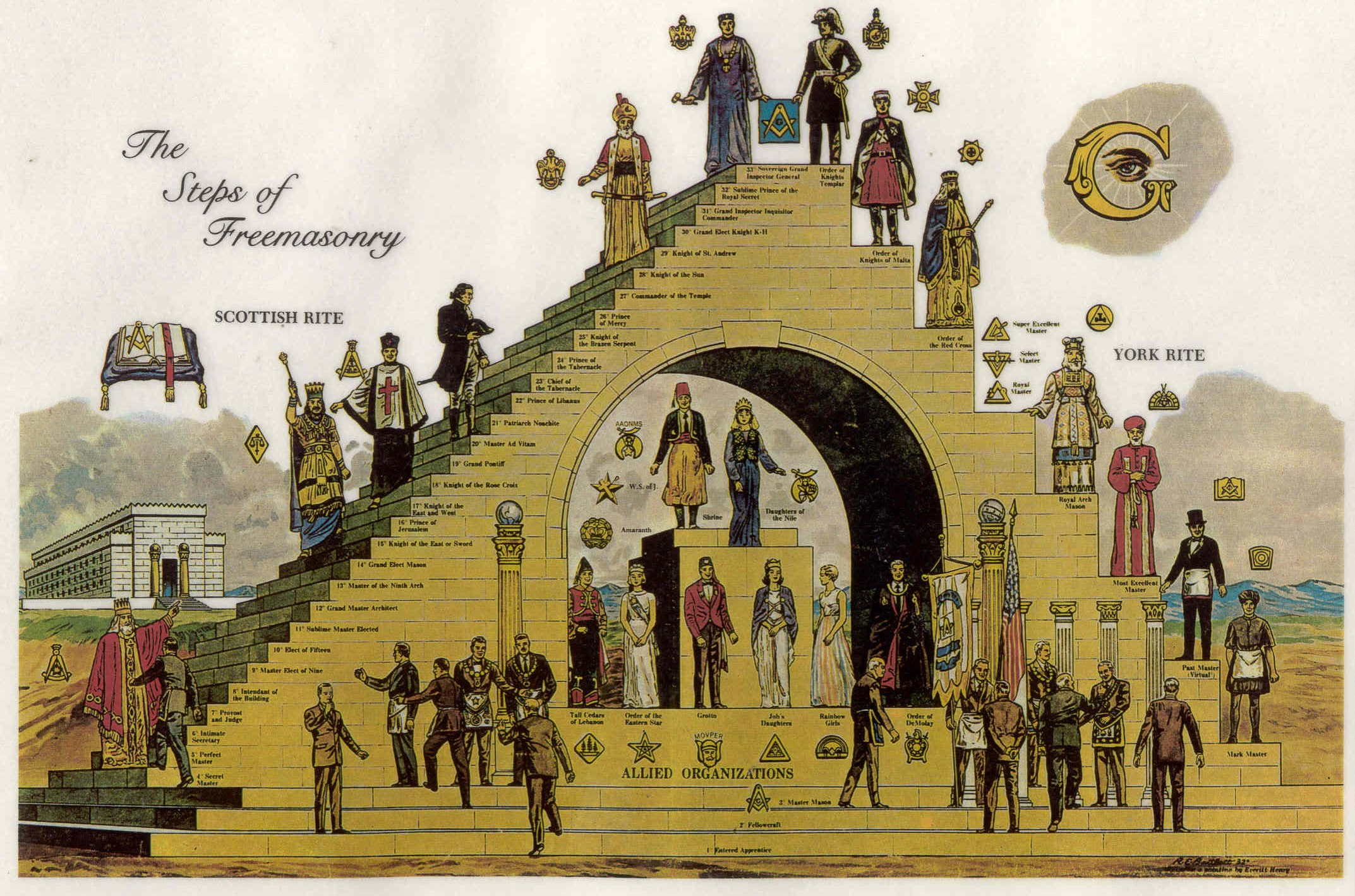Information Directory
What is Freemasonry?
Masonry is many things to many people. Many years ago in England it was defined as a system of morality, veiled in allegory, and illustrated by symbols. It is a course of moral instruction using both allegories and symbols to teach its lessons. The legends and myths of the old stone cutters and masons, many of them involved in building the great cathedrals of Europe, have been woven into an interesting and effective way to portray moral truths.
In Masonry, the old tools and ways of the craftsmen are used...
Established in 1867
In 1717 four Lodges in London met together and decided to form a Grand Lodge, possibly for no other reason than to strengthen and preserve themselves. In 1723 they adopted a Constitution. Their success led to the establishment of still other Grand Lodges. In 1725 some of the Lodges in Ireland formed a Grand Lodge and a similar body was instituted in Scotland in 1736. Moreover the original Grand Lodge in England did not remain without rivals, and at one time in the eighteenth century three Grand Lodges existed in England in addition to the one organized in 1717...
Recent Grand Masters
- 2014 - Michael Manning
- 2013 - Bill Garrard
- 2012 - Jeffery S. Carlton
- 2011 - D. Brook Cunningham
- 2010 - James W. Rowan
- 2009 - Michael T. Bishop
- 2008 - Donn E Bernhardt
- 2007 - David H Luebke
- 2006 - Rex R. Hutchens
- 2005 - James W. Sebastian
- 2004 - W. Thomas Brooker
- 2003 - Harold A. York
- 2002 - John L. Krom
- 2001 - James H. May
- 2000 - Robert C. Conrad
APPENDANT BODIES
Masonic Organizations - Local, National, and International
The Masonic bodies that comprise the fraternity of Freemasonry are many, and not all are for men alone. Each of the bodies, or orders, uses it's own set of symbology and allegory to illustrate to it's members important societal lessons. Follow the links below to learn more about the numberous orders.
Steps of Masonry
Description of the steps a mason can take when navigating his way along a masonic path.
The George Washington Masonic National Memorial
Description of the steps a mason can take when navigating his way along a masonic path.
Books written by Masons.
Corner Stone Laying
Painting of the corner stone laying ceremony George Washington participated in.
Myths about Freemasonry and popular theories about the fraternity.
Papers written by Masons about various topics.
Discover how Masonry is practiced around the world.



